If you don’t already know the seven principles of “Leave No Trace” by heart, then it’s likely that you’ve at least heard about them. These guidelines help us explore the outdoors with minimal impact to the natural environment.
The “Leave No Trace” concept was originally developed by the USDA Forest Service in the 1960s, when more and more people were venturing on to public land and land managers were witnessing the negative impacts that humans can have on nature.
The Forest Service began teaching “leave no trace” ethics in partnership with the National Outdoor Leadership School in the early 1990s.
Then, in 1994, the Leave No Trace Center for Outdoor Ethics became a 501(c)(3) nonprofit, which has been finding new ways to educate the public ever since.
Still, no matter how many times you read about them, it takes practice to consistently incorporate the Leave No Trace principles into your regular outdoor activities.
Knowing them and practicing them are two very different things.
So we wanted to know, what does it really look like to “Leave No Trace” at a campground and beyond? How do campers incorporate the principles into everything from the way they pitch their tent to the nifty tricks they use to reduce waste?
How to Camp and Leave No Trace
We turned to our community of responsible campers for advice on how to practice leave no trace… and how sometimes we can do even more.
1. Plan Ahead and Prepare
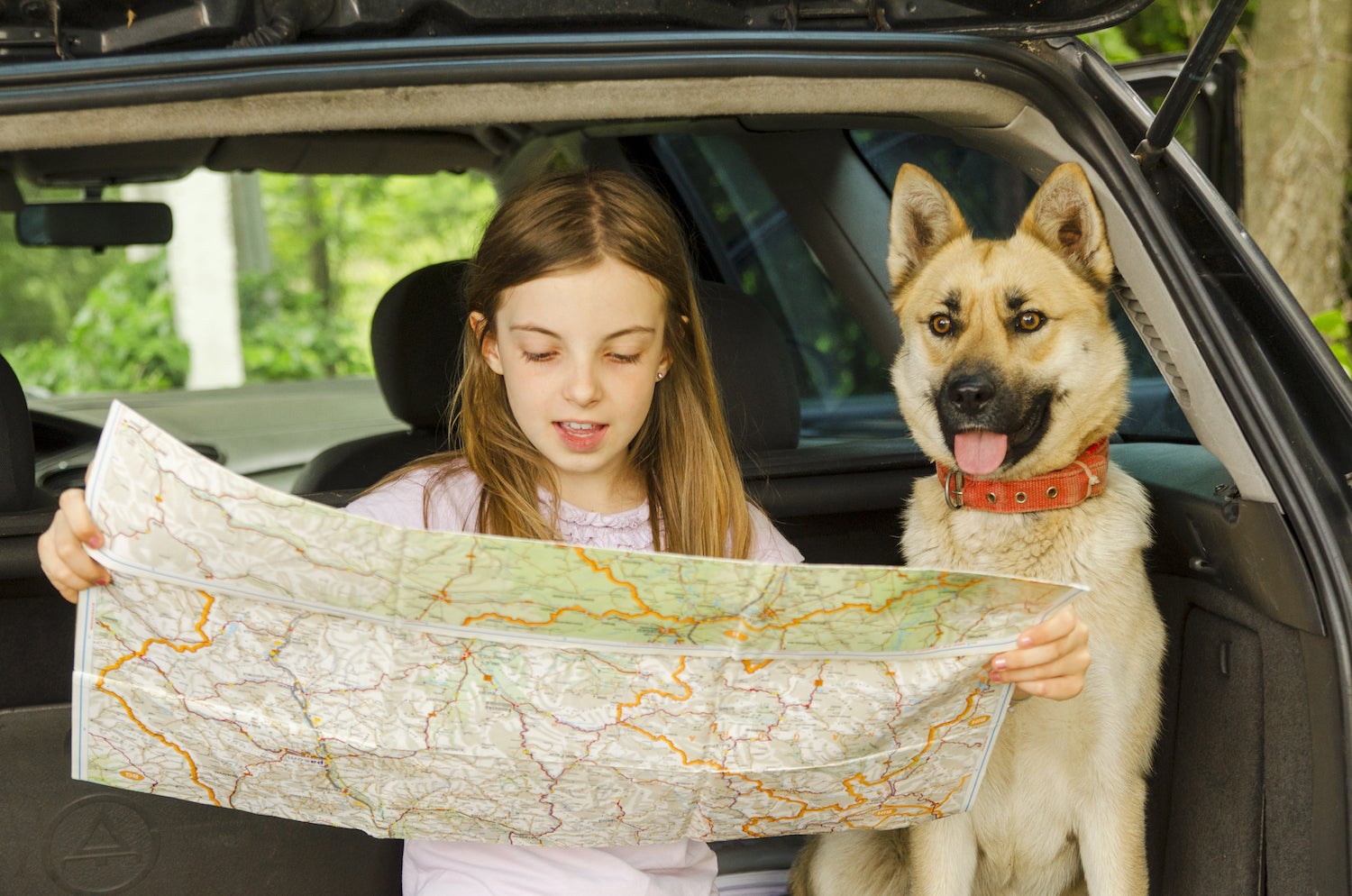
While spontaneity can make for an exciting trip, planning and preparation give us more control over the things we bring camping and the amount of waste we produce in the process.
“For me, it begins at home. I look for gear, supplies and food items that reduce packaging and waste.” — The Dyrt camper Troy W.
Planning your camping trip ahead of time also allows you to educate yourself on the area, the risks, regulations, landscape, weather, and more — and to prepare accordingly. You’re much more likely to forget about “leaving no trace” when you find yourself facing the unexpected like uncomfortable temperatures or a surprise encounter with the area’s wildlife.
Planning and preparation also allow you to get a little inventive with how you reduce your waste.
“If food came in a package then I use that to eat out of and then as the days trash collector.” — Art S.
To cut down on food packaging, prepare food ahead of time and store in reusable containers.
“When prepping meals for the backcountry, consider dehydrating your own fruits, vegetables and meat ahead of time. You can use foil or stasher bags (reusable food bags) to store your snacks. You can make some of your own meals ahead of time and heat them up on the stove when you get to your campsite.” — Kathleen Morton (@tinyhousetinyfootprint)
2. Travel and Camp on Durable Surfaces
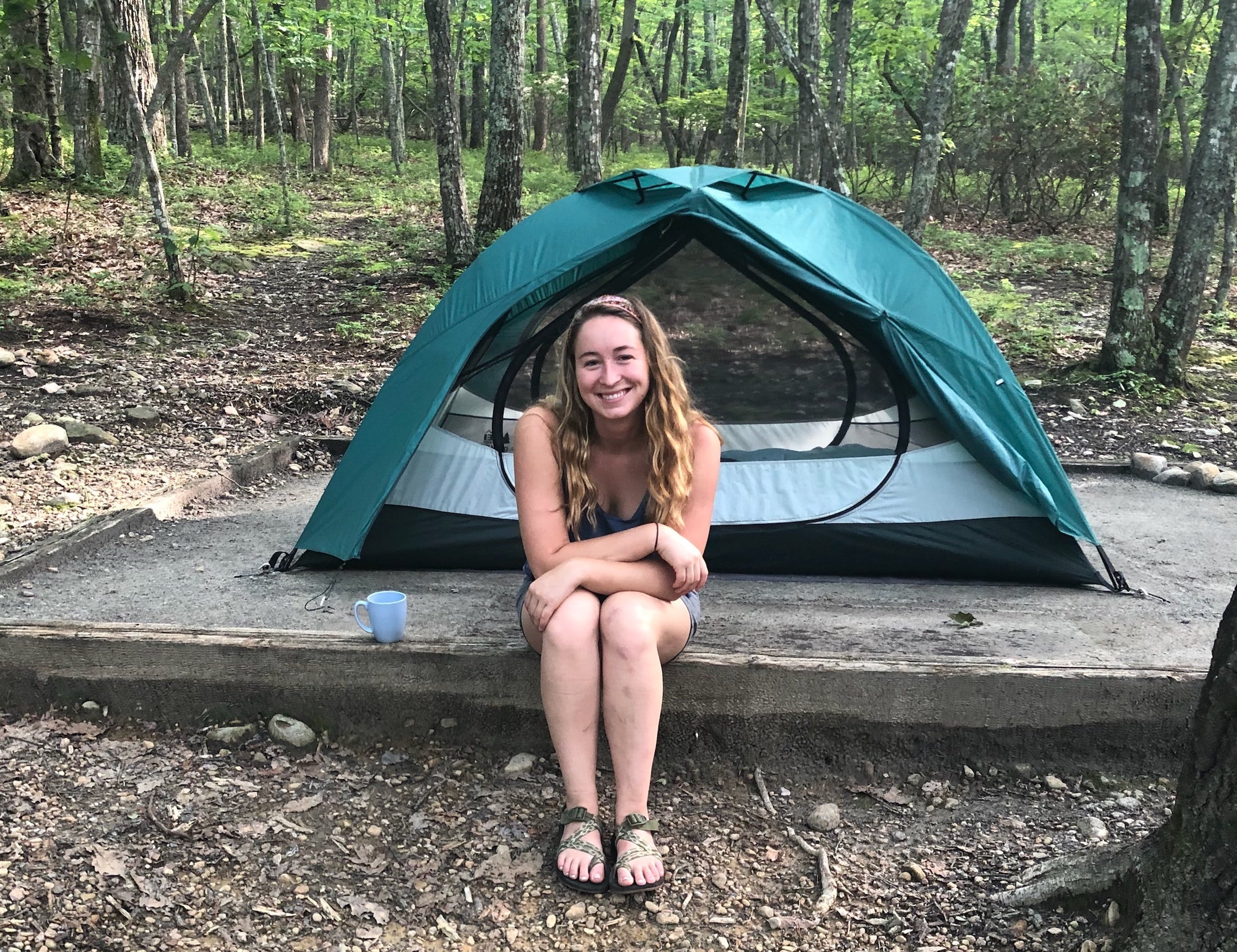
The first principle allows us to be better prepared for the second: traveling and camping on durable surfaces. Knowing the landscape on which you’re camping is helpful in understanding how to properly engage with it.
When available, it’s important to use the spaces that were designed for people, like trails and tent pads. Taking a short cut across undeveloped forest instead of using an available trail is not adventurous — it’s damaging.
“It hurts my heart when i see people making short cuts up a hill so they don’t have to switchback (which I’ll never understand—switchbacks make it easier on our bodies in the long run!!).” — The Dyrt camper Amy C.
According to the Leave No Trace guidelines, “durable surfaces” include rock, gravel, dry grass, and snow.
3. Dispose of Waste Properly
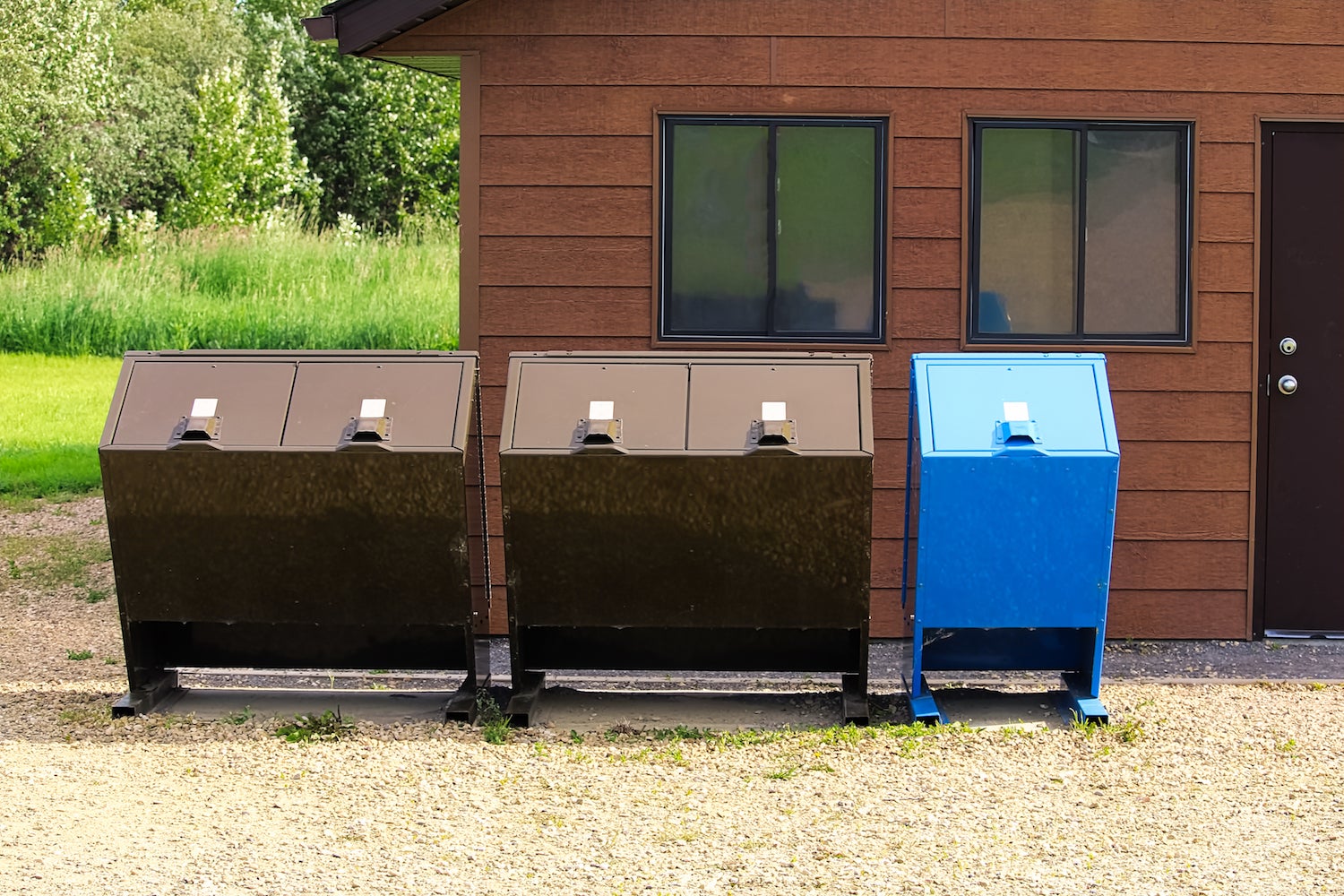
From the little plastic bread tie to your dog’s poop, it’s extremely important to properly dispose of all waste you bring or create at a campground. (That includes your own human waste — check out our article on how to responsibly poop in the woods.)
“Take a dry sac to use as a garbage bin. They can be sealed to lock in the funky smell and most are easily washable.” — The Dyrt Camper Daniel B.
Sure, packing out poo isn’t always ideal. But with a little practice and planning, you can pack out even the smelliest of waste without much inconvenience.
“We bought a Poo Vault for our dog. It’s a plastic bin she carries in her backpack that latches shut. Put bags of her droppings in it and you won’t notice it – even after weeks in there (not saying that’s a regular occurrence but it has happened)” — The Dyrt camper Art S.
“When backpacking, pack out your dirty TP, no questions asked. Make a little poop bag out of a quart sized zip lock bag and wrap it in duct tape and put all your dirty to in there…toss it when you get to a trash can, no one wants to dig up your dirty to.” — The Dyrt camper Amy C.
Utilize the campgrounds garbage services, and if they’re not available, carry it out. Campers should also remember that emptying and maintaining the garbage at a campground is lot of work for rangers, campground hosts, and volunteers. The more trash campers bring to the campground, the faster the garbage cans fill up and the more of it inevitably falls out or blows away.
Do the campground a favor and limit the amount of garbage you produce. Leave packaging at home, and carry out what you can.
Leave What You Find
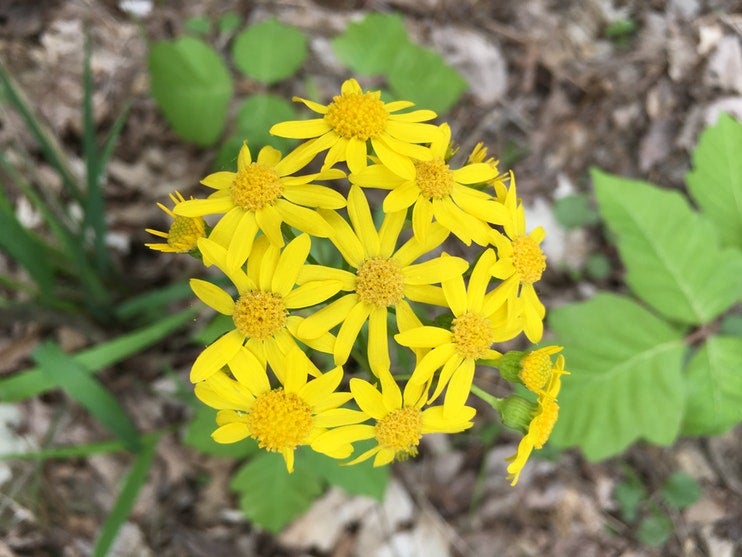
Image taken at Holson Valley Vista Campground by The Dyrt Camper Troy W.
Taking rocks, wildflowers, and leaves from the campground might seem like an innocent way to embrace nature and remember your trip. But if everyone did it, we wouldn’t be able to enjoy those things where they’re meant to be.
You’ve probably heard the phrase, “Take only memories, leave only footprints.” Instead of taking pieces of nature home with you, enjoy them while you’re there, take photos, and then “leave what you find.”
Annie C. recommends going a step further to remember exactly how your campground looked when you arrived.
“One of the things I do is photograph my campsite before setting up. This gives me a reference for what it should look like when I leave.” — The Dyrt camper Annie C.
Minimize Campfire Impacts
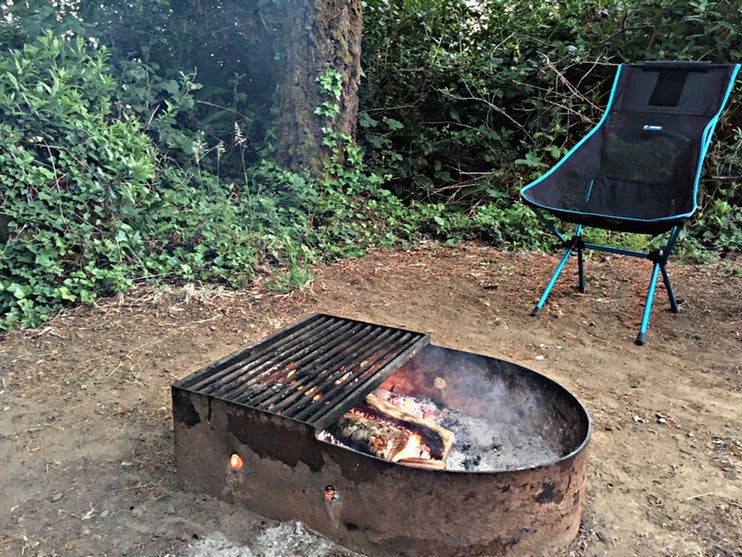
Image of Harris Beach State Park in Oregon, from The Dyrt camper Chanel C.
Campfires can be the highlight of a camping trip, but they can also leave their mark on the environment if you’re not careful. Use pre-existing fire pits whenever available to minimize impact.
“One of my part-time jobs has become breaking down unnecessary fire pits that people have built in primitive campsites. What I mean by “unnecessary” is people arriving at a site, observing an existing fire pit, and then for some reason, destroying said fire pit and building ANOTHER fire pit a mere 6 feet to the left. There is never a reason for a primitive site to have more than one. There’s also a high likelihood that the fire pit is built where it is for a reason.” — Brianna Madia (@BriannaMadia)
You also might consider not having a fire every night to save on fuel.
“On site I don’t do a campfire every night, just on “special” nights (usually with the grandkids). The new solar stuff is great for lighting, no batteries that need to be replenished.” — The Dyrt camper Shelly S.
When collecting wood for your campfire, first make sure that the campground allows wood collection. (If not, you can probably buy a bundle from the camp store.) Then pick only dead sticks and brush that’s on the ground.
“Don’t harm the trees. Only use dead wood for fires and if you’re using a hammock, make sure you have wide straps.” — The Dyrt camper Damon H.
Respect Wildlife
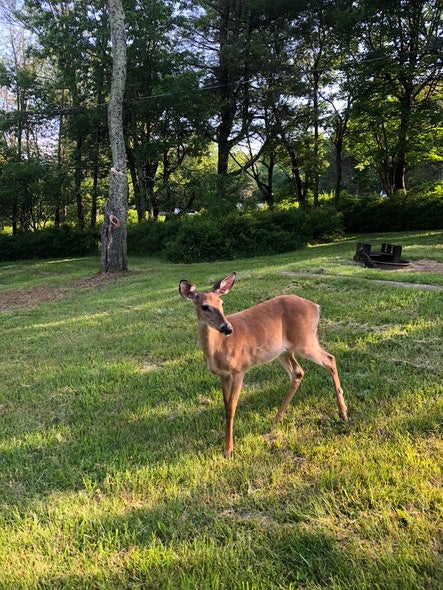
Image of Big Meadows Campground in Virginia, from The Dyrt Camper Michelle A.
Plants and animals call these places home, and you are there to visit. Respect them as your hosts.
The Leave No Trace guidelines encourage us to observe wildlife from a distance and to never approach or feed animals.
Some places will close down during certain times of the year to give animals more space for mating, nesting, and raising their young. Respect these closures so that animals can have a break from human interference.
Water sources deserve extra consideration, too. If you contaminate a local water source, you’re affecting every living thing around it.
“Do not wash your dishes in the nearby lake or stream even if your soap is biodegradable. Get yourself a few buckets and dump your dirty water away from the clean water source—so many critters and humans rely on that clean water!” — The Dyrt Camper Amy C.
Keeping your food in closed containers isn’t just for the sake of saving your breakfast. It’s also for the safety of the animals.
“We raccoon proof our area so they we don’t harm them and aid them in spreading more trash. It’s taken a lot of work, but we finally have a system that works for us.” — The Dyrt Camper Ashley S.
Be Considerate of Other Visitors
Most people go outside to enjoy nature; the sounds, sights, and smells of the outdoor world. They usually don’t go outside hoping to hear your loud music or a rowdy campground party.
Be courteous of other people and be aware of how your experience might affect theirs.
That also includes the way you treat your campground for future visitors.
“For us that means not only picking up our own trash but we make it a game with the kids to see how much other trash we can find and pick up. We’ve been in “the middle of no where” and found everything from water bottle lids to clothing and popped mylar balloons.” — The Dyrt camper Krista Z.
Social Media Guidelines

The natural world and how we interact with it are constantly changing. So it’s important to remember that a set of guidelines won’t always be sufficient, and there are ways in which we can do better that don’t fall under the seven principles of Leave No Trace.
A 2020 update to Leave No Trace, which probably wasn’t necessary just a handful of years ago, is a great example of how our habits need to evolve over time.
The new social media guidance section of Leave No Trace encourages everyone in the outdoors to think about how their social media usage could negatively affect a place. When users geotag or add a map to a photo of a place on social media, more and more people begin to show up, and not all ecosystems and landscapes can handle that kind of increase in traffic.
The social media guidelines include tagging thoughtfully (tag a region instead of a specific place) and giving back to the places you love (if you’re going to post photos on social media of a place, also think about how you can volunteer or work to improve that place in the process).
Beyond Leave No Trace
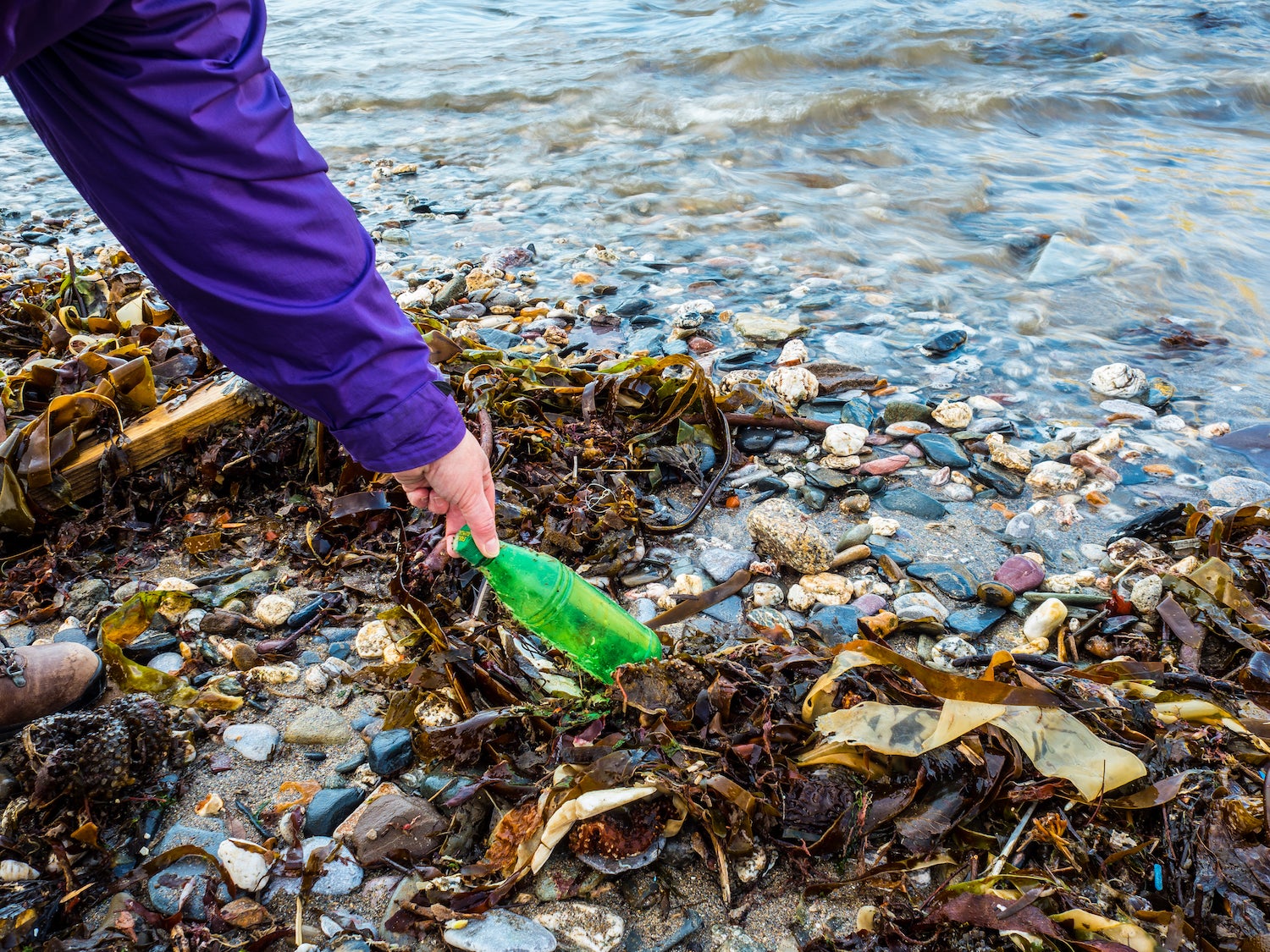
Our community gave us so many great tips. Here are even more ways that you can leave no trace at the campground:
“I always take a moment before leaving my site/camp to look around. Not only to take in the view one last time and commit it to memory, but to make sure the area looks exactly as it did when I arrived, or better in some cases.” — The Dyrt camper TJ Banker
“I do like new things…but I still use my 34-year-old NorthFace VE-24 tent, even older nesting pots, etc.
So whatever I plan to take in that is not consumed comes out with me… If my kids repeat this life choice (and it appears they have) then I have succeeded in passing that heritage on. I trust they will do so, as well, with their children.” — The Dyrt camper Dave V.
“A lot of the junior ranger programs (especially in National parks) include a component of picking up litter as a requirement to earn the junior ranger badge. We try to get the pack/forms/gloves early, so for the rest of the time we’re in the park the boys are excited to help clean up any time they see gum wrappers or discarded water bottles, etc. on the ground.”
“It’s easier to camp with plastic forks and cups but if you really love being in nature then you should be able to sacrifice the convenience to help the planet.” — The Dyrt camper Shayna E.
“I learned in outdoor education to spray your toothpaste/spit rather than drop a concentrated glob of it on the ground. For appearance and for dispersing concentrated product that would not normally be in that environment.” — The Dyrt Camper Lauren L.
“We don’t practice, “Leave No Trace.” We practice “ERASE THE TRACE!” — The Dyrt camper Hollie O.
The post What Does it Really Look Like to Leave No Trace? appeared first on The Dyrt.
Original source: https://thedyrt.com/magazine/lifestyle/actually-leave-no-trace/


